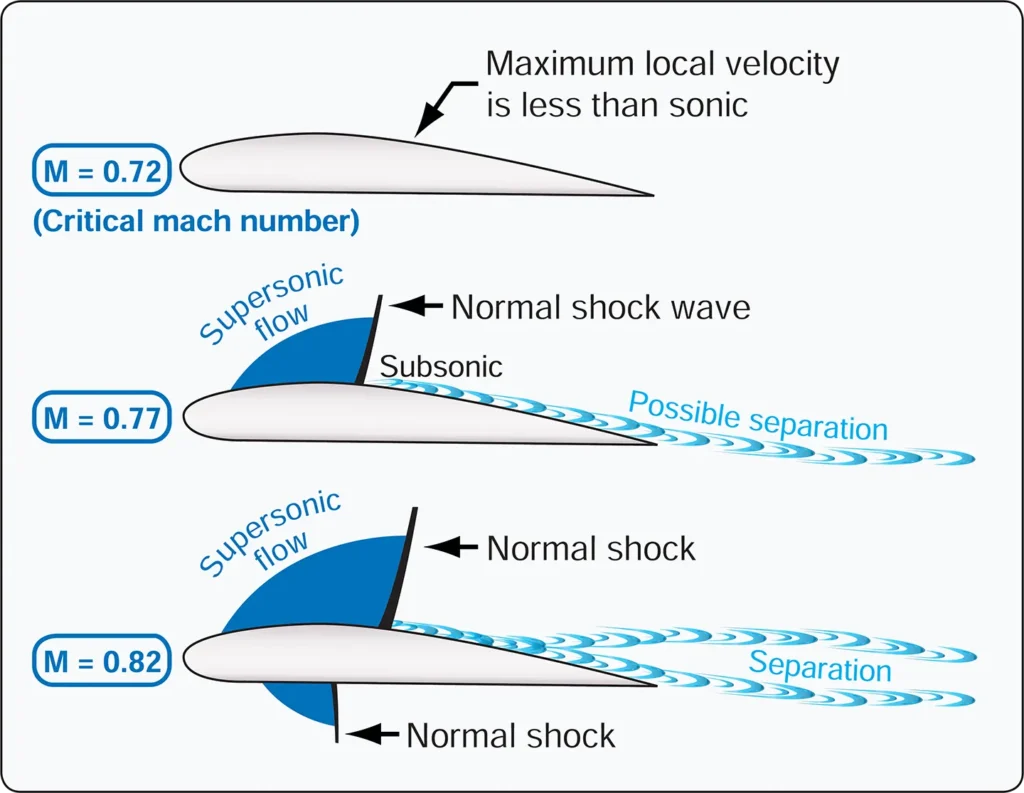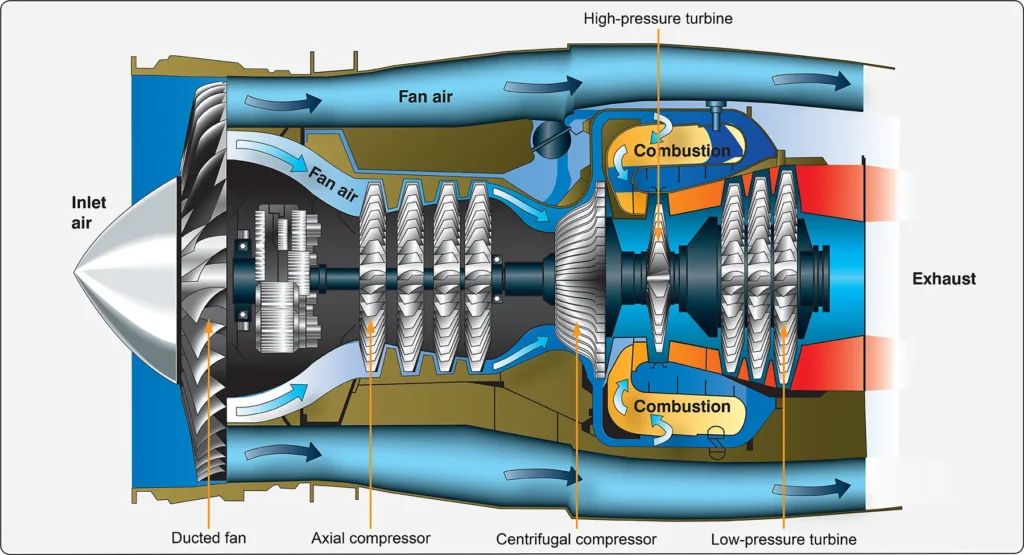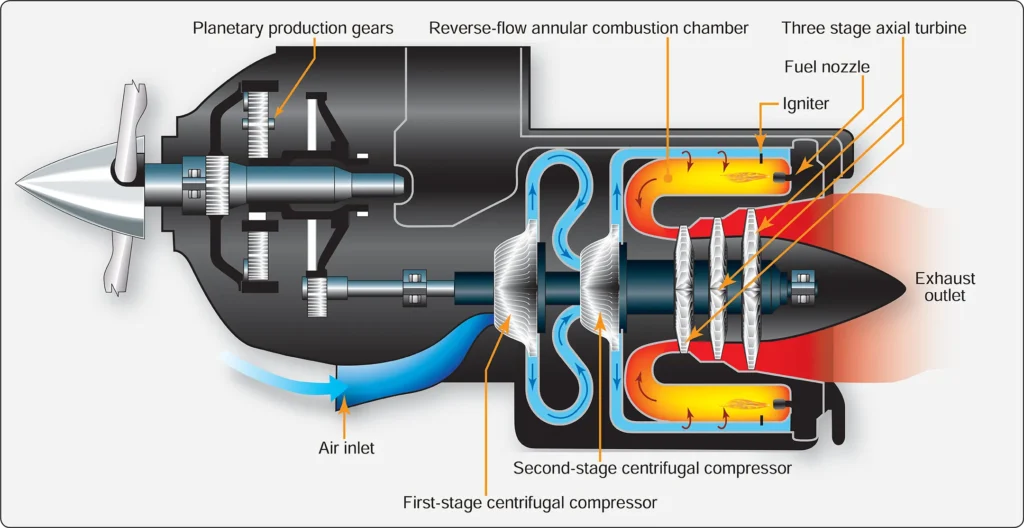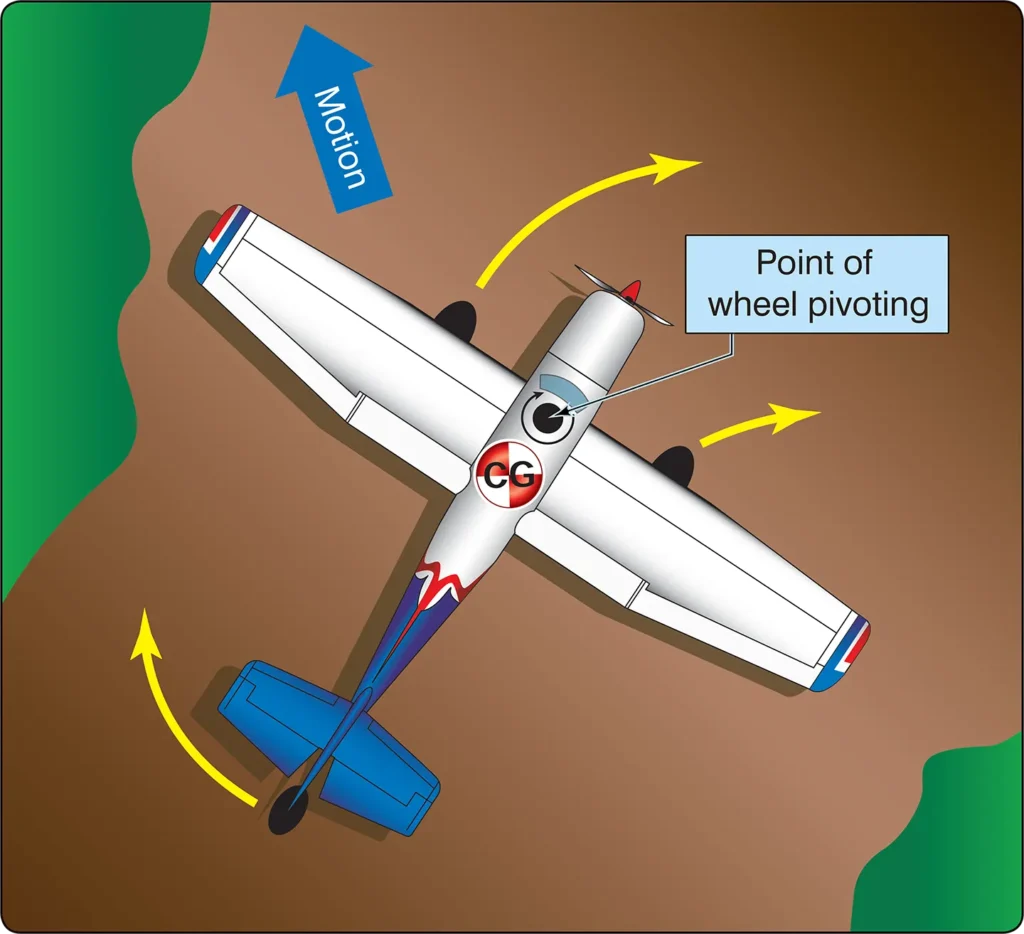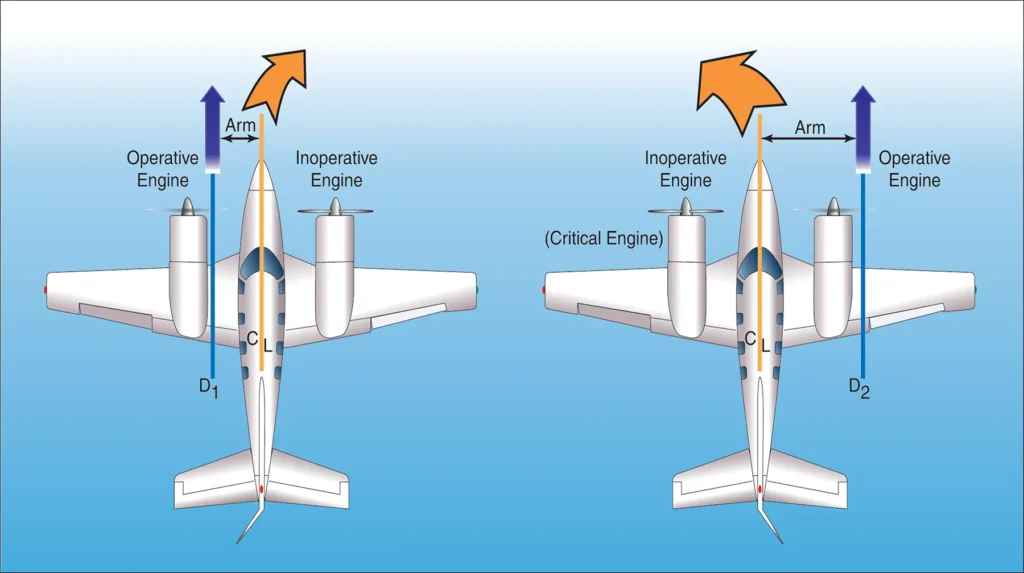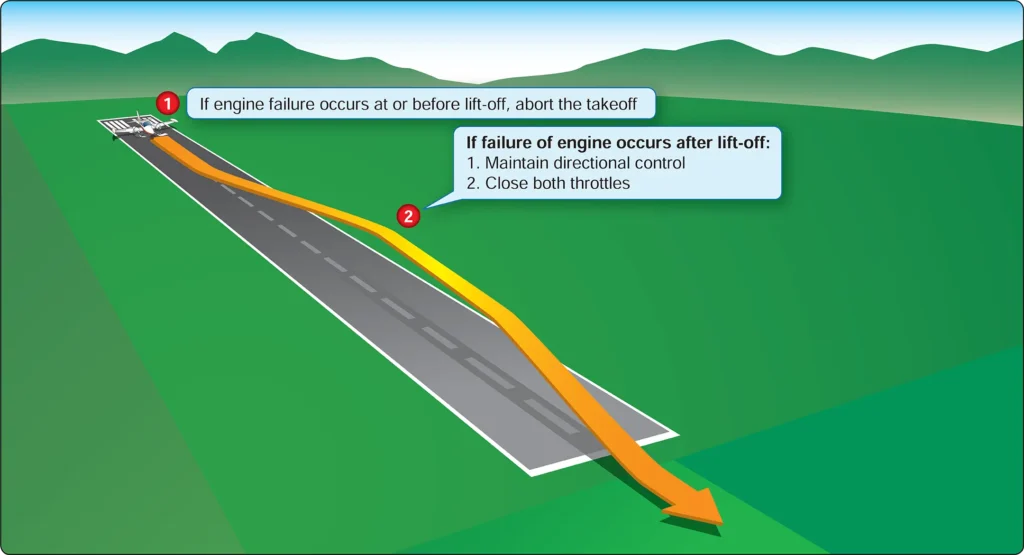Jet Powered Airplanes Mach Buffet
Airplane Flying, Flying TrainingMach buffet arises when airflow separates on the upper surface of a wing behind a shock wave. All other things being equal, shock wave strength increases as the local airflow speed ahead of the shock wave increases. Mach buffet is a function of the speed of the airflow over the wing—not necessarily the forward speed […]

